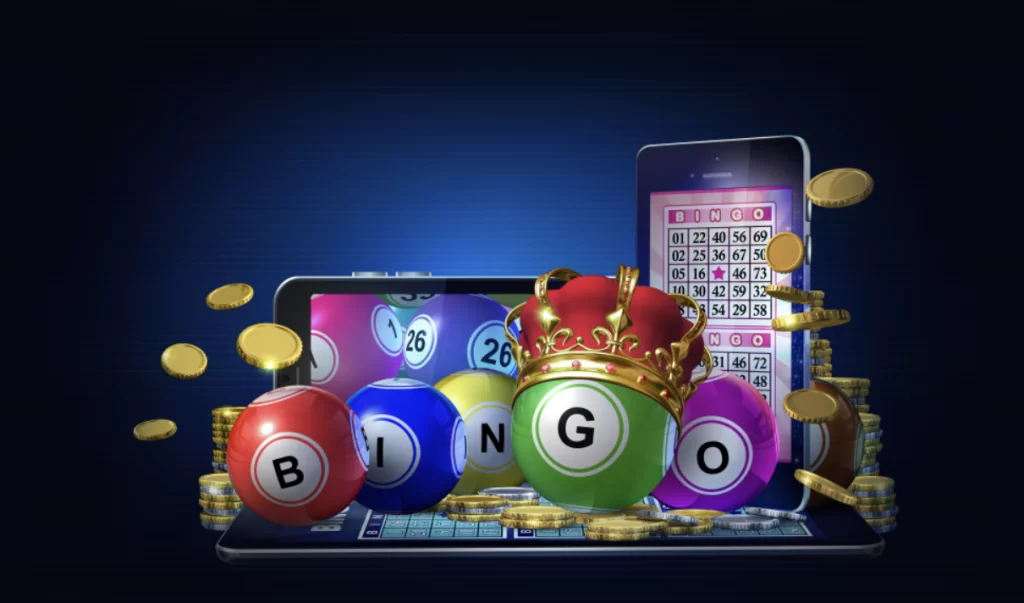Digital Bingo Boom – Why It’s Captivating a New Generation
4 min read
Bingo has always been regarded as a versatile game and, in the digital age, the patient initial growth into the market has evolved into a dramatic explosion in popularity. Today, while some town centres are testing the patience of preservation orders, as beloved bingo halls close down one by one, their revenues have instead migrated to the net, reversing the pattern in bingo perhaps as thoroughly and relentlessly as any other activity. To newcomers, bingo offers what other gambling games cannot: a crude measure of your own luck, not your own aptitude. It is interesting that the most popular version of the game is 90-ball bingo, where the house edge can be as high as 5 per cent.
Analysis of web content revealed how many of the websites promoted ideas of mastery and accumulation: you ‘overcome Money Mountain’, ‘win big’ and so on.
Game of chance
Because bingo’s simple mechanics translate straightforwardly into digital spaces, its accessible gameplay remains almost perfectly portable and has thrived within the digital domain without having to forego its core appeal in the process – no mean feat and strong evidence that the transference of physical lotteries into digital environments has had far-reaching and lasting effects.
By providing an apprehension-free space for socialising and engaging with the broader bingo community, an online bingo platform acts as an effective gateway drug for novices while orienting the veteran gamers as well. Research based on websites dedicated to bingo playing reveals that the interface of these platforms employed ‘visual design, textual language [and] figurative-symbolic metaphors’ to emphasise the utility of the bingo provision and ensnare the novices while orienting the veteran gamers as well.
Moscow-based Bingo Boom is a leading developer of software for lottery, tote and online gaming. Thanks to Bingo Boom’s software, setting up and delivering a full value betting shop in hours rather than months and saving highly on investment capital has never been easier. With ample choice of sports events, poker and casino games, not forgetting the software’s mobile app, you can play your favorite gaming anytime and anywhere.
Game of skill
These digital games also have many other aspects that appeal to their target followers: newer players are drawn to their amazing visual effects and slick, cutting-edge user-interfaces, while younger digital natives and Gen Z gamers are encouraged to communicate and even meet their fellow players by playing the games online.
Many designed tactics were utilised to ‘lock in’ play, including a sense of scarcity and ‘fear of missing out’ (eg ‘conquer Money Mountain and Earn Double Loyalty Points’ [Costa Bingo]), metaphors cognitively associating gambling with accumulation and accomplishment (eg ‘conquering the week’ [Dream Bingo] or ‘joining the board of winners’ [Tombola], for example).
Furthermore, for users of Slingo and similar titles that are quite frenetic in their game play, concentration and mental agility will have been practised. This is seen clearly in Slingo, a hybrid game of bingo and slots that requires numbers to be marked off as fast and as accurately as possible.
Game of community
Such communality has been created through online bingo halls where people congregate and interact with each other over a shared love of bingo and a genuine camaraderie, where players engage in games such as progressive jackpots (where jackpots increase the more a player enters), multi-card madness (where players can play with many cards at the same time), where players get a heady sense of community and escape that they might struggle to find elsewhere.
These sites also featured chat-rooms and community pages where they could interact with apparent live humans, who would appear as photographic images or (as was more common) as avatars (call-lots in the case of 32Red Bingo and Tombola, who also answered players’ questions from the site, and communicated with them using whole sentences of textual discourse conducted in the language of nonsense: BRB: back right back; GOO4U: good for you; WDWWW – Well Done Winner(s).
Participants described their early experiences with bingo using these interactions, in particular the way that facilitators encouraged them to play – a central theme within recruitment messaging. Based on this iterative process, we developed a thematic coding frame composed of 10 categories and 68 themes that we used within single-coder, frame-based content analysis of the 10 bingo sites reviewed.
Game of entertainment
The benefit of bingo lies in its social nature and the fact that, alongside being relaxing, bingo can be highly profitable. No special equipment is required, and you don’t have to live in any particular region for you to play. All that you need are cards, a means of generating the numbers (a bowl with jumbled balls or an app with random number generator), as well as the marking pins to cover any numbers that happen to get called.
In addition to structural and design aspects, textual strategies were used in the sites to encourage a long-term commitment of their publics, including the slogans: ‘No time to wait! [Costa Bingo]’; ‘Play today! [Dream Bingo]’, ‘Don’t miss out! [Foxy Bingo]’; or references to accomplishments such as ‘Conquer Money Mountain” [Tombola].
Just as online landscape has reduced spatial barriers to people gathering – so it has allowed bingo players to participate in games globally, without ever needing to get out of their homes – manifold times over multiplying its allure and catching the fancy of a new generation of fanatics.







